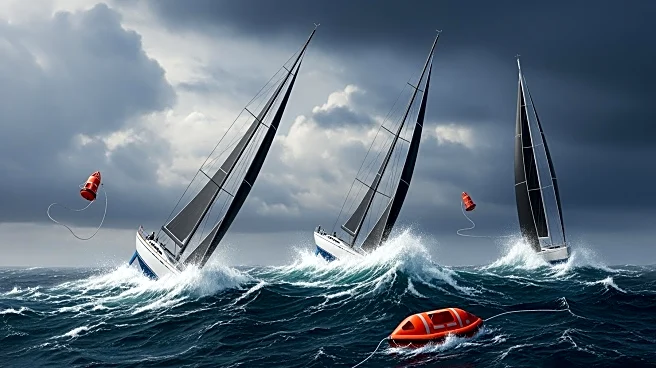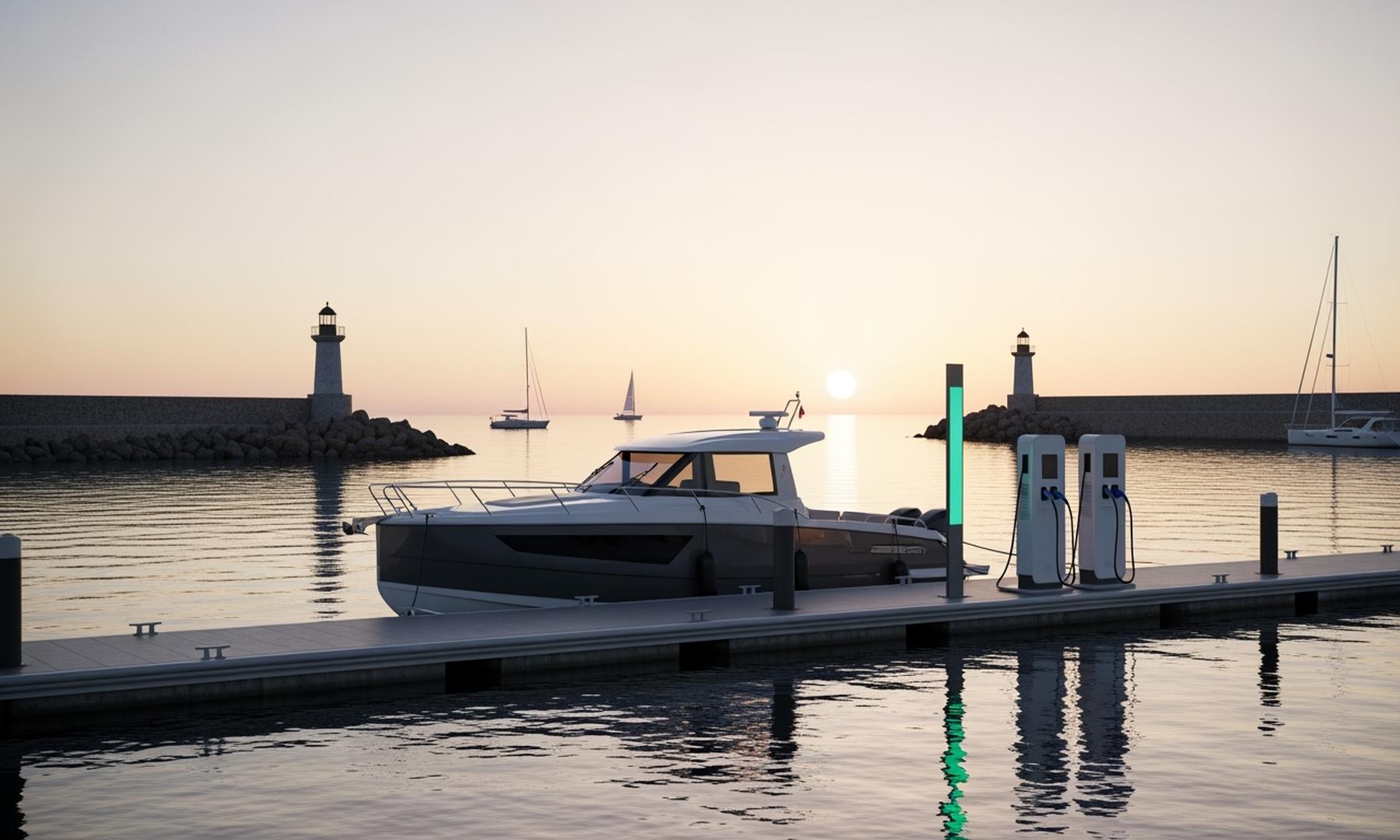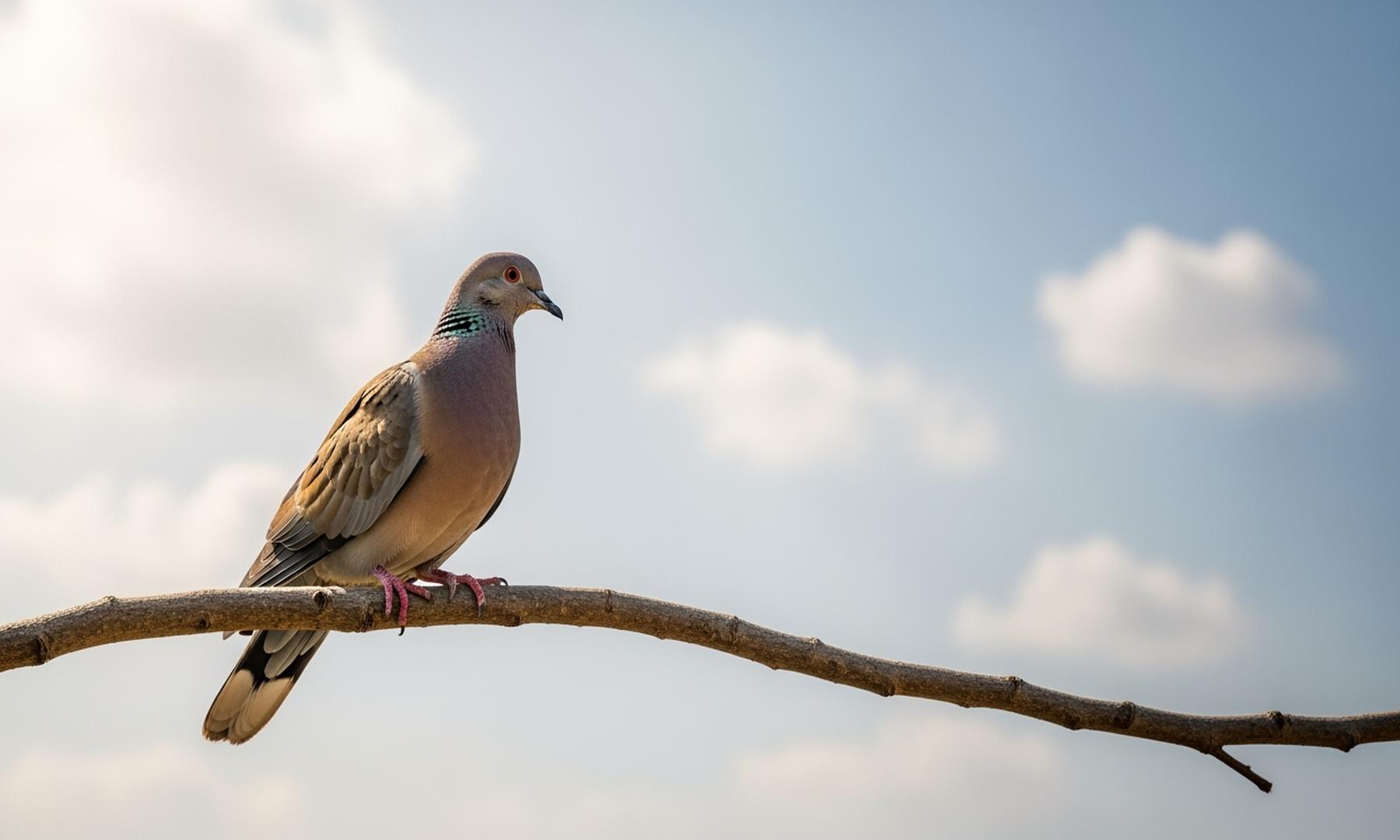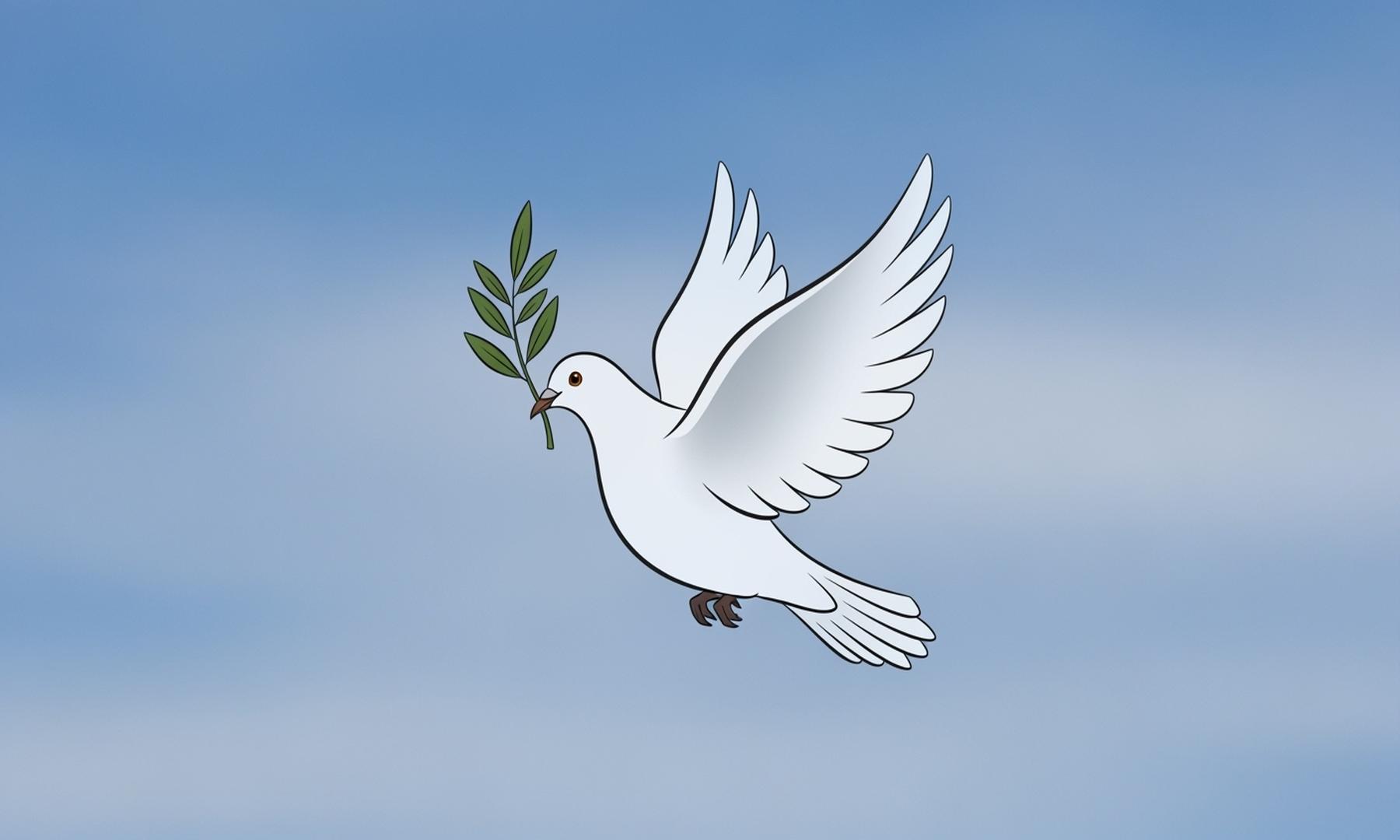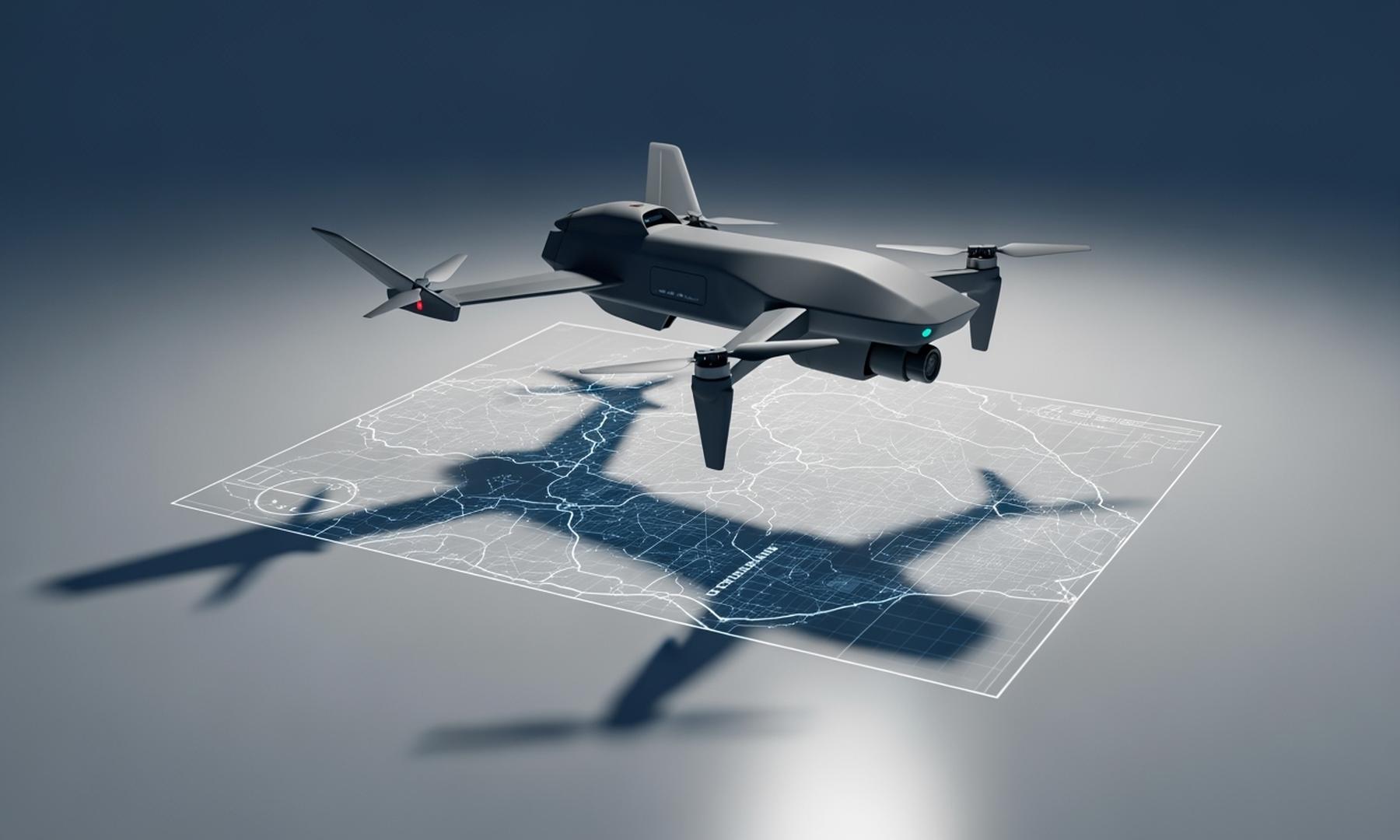What's Happening?
The Transat Café l'Or ocean race experienced a challenging start as three Ocean Fifty racing trimarans capsized within hours of each other. The incidents occurred shortly after the race began from Le Havre,
with worsening conditions as the teams approached Guernsey. The first trimaran, Lazare x Hellio, capsized due to suspected damage to its port side pontoon, leading to flooding and pitch-poling. The second, Koesio, was overturned by a sudden 40-knot gust despite efforts to ease the mainsail. The third, Inter Invest, capsized near Aber Wrac'h, Finistere. All crew members were safely airlifted without injuries. Lazare x Hellio and Inter Invest were successfully towed, while Koesio ended up on a Guernsey beach, requiring heavy equipment for removal.
Why It's Important?
The capsizing of these trimarans highlights the inherent risks and challenges of ocean racing, particularly in the Ocean Fifty class, which is designed for financial accessibility and reuse over multiple seasons. The incidents underscore the importance of safety protocols and the readiness of rescue operations in high-stakes maritime competitions. The race's impact on the teams involved is significant, as it affects their standings and potential sponsorships. Additionally, the events may prompt discussions on improving vessel design and safety measures to prevent similar occurrences in future races.
What's Next?
The immediate focus will be on assessing the damage to the affected trimarans and determining the feasibility of their repair and return to competition. Race organizers and teams may review safety protocols and consider adjustments to race strategies to mitigate risks in future events. The broader sailing community may also engage in discussions about enhancing vessel design and safety standards to prevent such incidents. The outcomes of these evaluations could influence future race regulations and the development of the Ocean Fifty class.
Beyond the Headlines
The capsizing incidents may lead to a reevaluation of the Ocean Fifty class's design and safety features. As these vessels are intended for long-term use, ensuring their structural integrity and resilience in adverse conditions is crucial. The events could also spark a broader conversation about the sustainability and financial viability of ocean racing, particularly for smaller enterprises. The race's challenges may inspire innovations in maritime technology and safety equipment, potentially benefiting the wider sailing industry.
